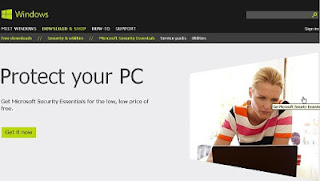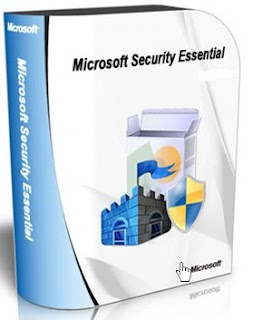
Microsoft Security Essentials provides real-time protection for your home PC that guards against viruses, spyware, and other malicious software. Microsoft Security Essentials is a free download from Microsoft that is simple to install, easy to use, and always kept up to date so you can be assured your PC is protected by the latest technology.
Microsoft Security Essentials came into existence as Microsoft's first attempt of a standalone security application for home use. Although it has a simple user interface suitable for beginners, it probably isn't the best choice for more advanced users or professional network administrators, but for the average user, it covers all the bases. Bear in mind, however, that Microsoft Security Essentials doesn't disinfect files - it only deletes them in case of infection. It can be dangerous, if the files are important and contain precious data like financial transaction records or business sale purchase data.
System Requirements:
| Software: | Security Essentials 4.2.223 XP |
| File size: | 10.58MB |
| Operating System Requirements: | Windows |
| Languages: | en-US |
| License: | Freeware |
| Author: | Microsoft Corporation www.microsoft.com |


Comments